My search for Tipularia discolor – the cranefly orchid – began last fall in North Florida along the Apalachicola River, and has proven to be (at least for me) one of the most difficult and frustrating of Florida’s wild and native orchids for me to find. It goes through unusual changes throughout the year, and finding it in the fall is often the key to finding it when it flowers in the summer. The following photos are from a series of trips to visit these orchids throughout the year after first finding them.
Around November in my area of the Florida Panhandle, the cranefly orchid grows a single leaf (these first two photos were taken last fall – see more from a previous blog here). The leaf is flat to the ground, quite firm and rigid, and usually is covered in purple spots on top and has a deep purple underside. The species name “discolor” refers to these two colors. I have found many without the purple pigment, and suspect that this is the forma viridifolia – a green form of this orchid.
In many places along the Apalachicola River last winter, I’ve encountered these unusual terrestrial orchids in areas with the same kind of environment. Local terrain and locations include heavily wooded hills, steep ravines, and near creeks cutting through limestone or packed clay. American beech and magnolia trees are always in abundance, as well as the ever-present poison ivy.
In July, long after the green spotted leaf has withered and disappeared, a small greenish-brown stem, or spike, will poke up through the forest floor encased in a leaf-like sheath, and will within a week resemble the familiar form of most North American terrestrial orchids as they are about to flower. Tiny buds will appear, and the spur will unfurl soon after. The thing about this particular orchid (and several other distantly related terrestrial orchids) is that it is nearly invisible – even in front of you. Looking for upcoming spikes is very much like looking for a dropped contact lens… a hands and knees job.
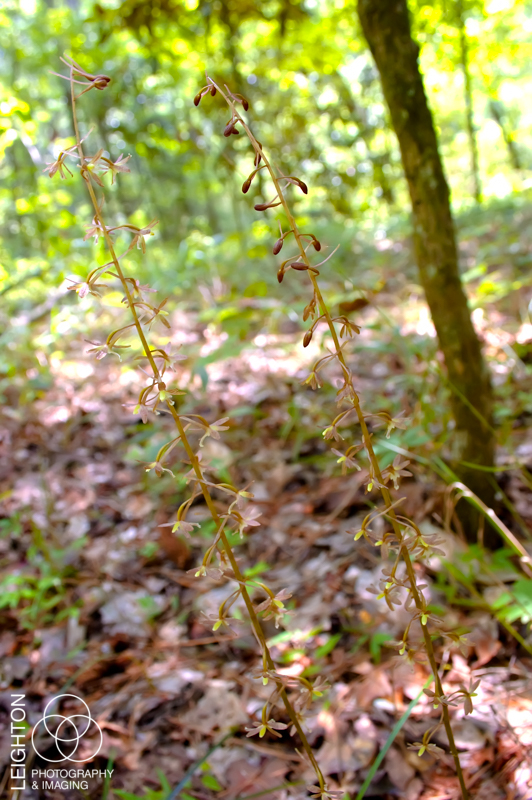
Today (July 26th, 2009) I went out once again to check on these orchids to photograph them in bloom …. finally! I’d never seen them in flower. I’d been out five days before and was sure that today was the day. Upon arrival after a 45 minute drive from Tallahassee, the cranefly orchids were spectacularly…. still in bud! I was let down, frustrated, and utterly deflated. I’ve watched and photographed thousands of Florida native orchids, and by now have a pretty good sense of when I can expect an orchid to flower, but it wasn’t to be. I searched the surrounding hills for hours in some other locations where I’d found them, and resigned myself to having to wait another week to come back and check again and headed back to the car. My usual practice of never walking the same path back in the same place paid off – I found two knee-high flowering spikes of the cranefly orchid about 800 feet from my car!
As you can see in the following photos – this highly camouflaged orchid is nearly impossible to see in the wild. They blend in perfectly with their surroundings, and if the buds are hard to see because of their tiny size, the half-inch flowers reflect enough light to blend in with the dappled sunlight of the forest floor.
Here is a close-up to show the detail of this delicate little flower.
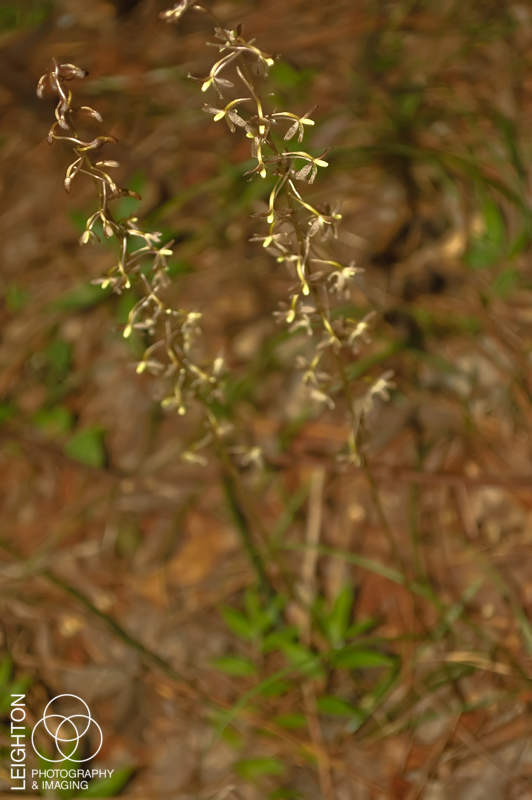
And just like that, I’d found what I was searching for – Tipularia discolor – the cranefly orchid in its natural environment, with photographs of every stage of its life cycle throughout the year recorded for all to see! In a state of accomplishment and elation, I was able to head back to the interstate and to home, excited to see how the photos looked on screen and words and sentences for this blog already forming in my head!
SEE MORE WILD FLORIDA NATIVE ORCHIDS
Sharing and commenting via the social media links below will help me greatly, and is much appreciated.
Thank you in advance!
ALL IMAGES AVAILABLE FOR PRINT OR DIGITAL DOWNLOAD!
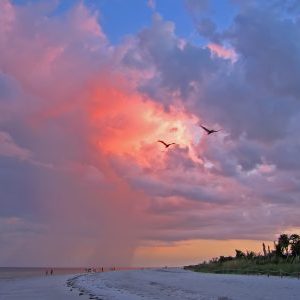
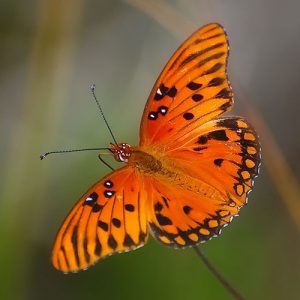
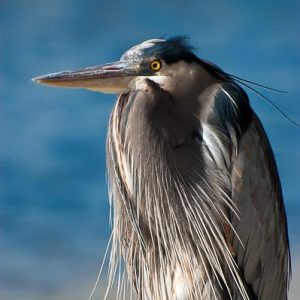

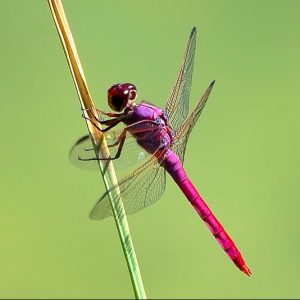
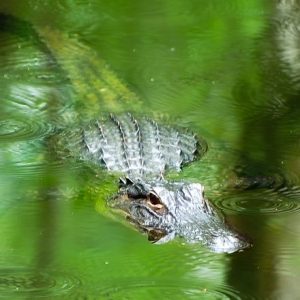
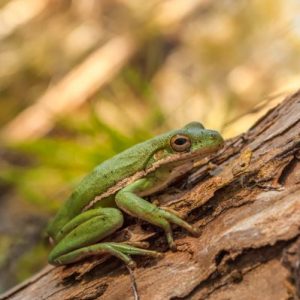
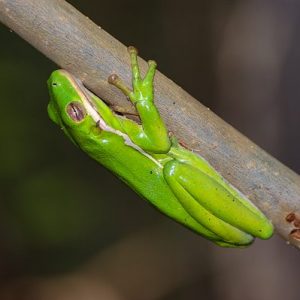
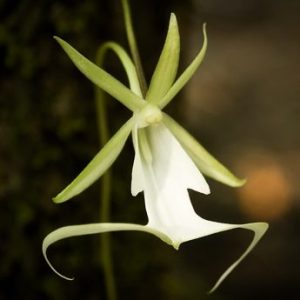
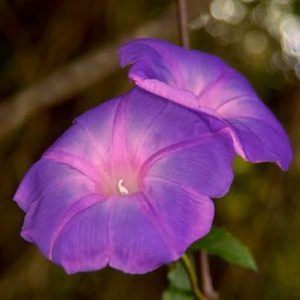
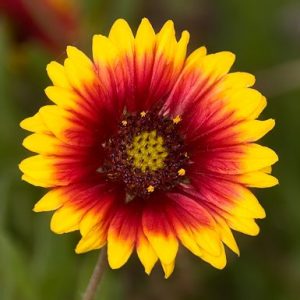
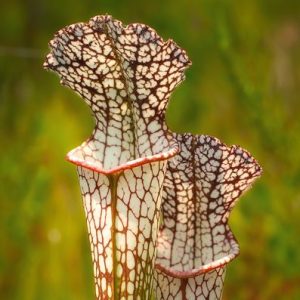
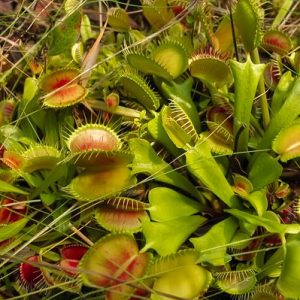
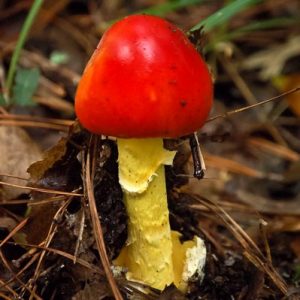
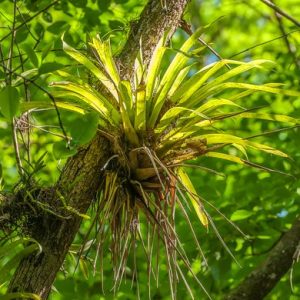
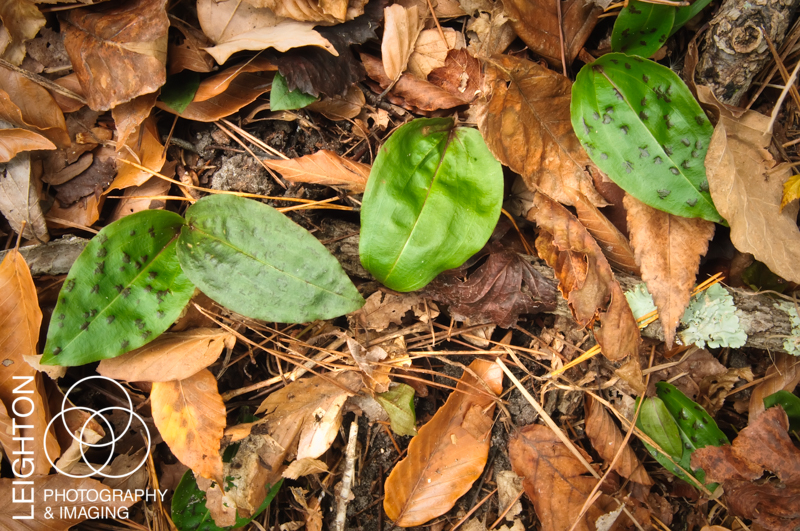
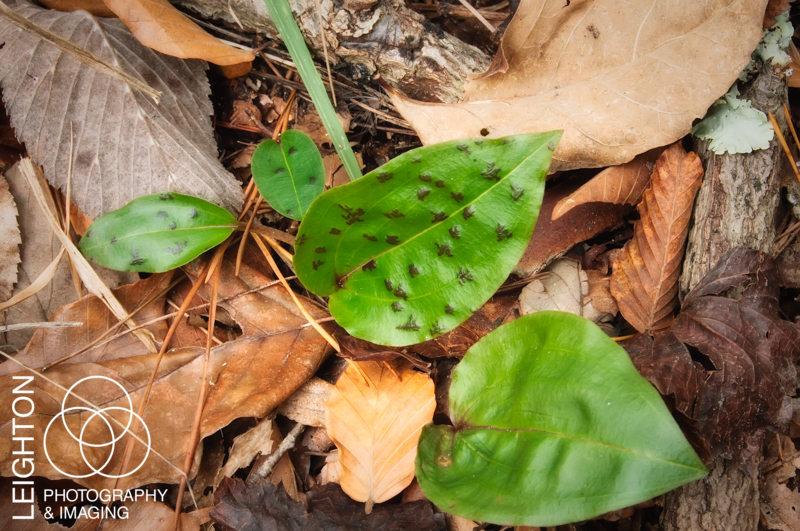
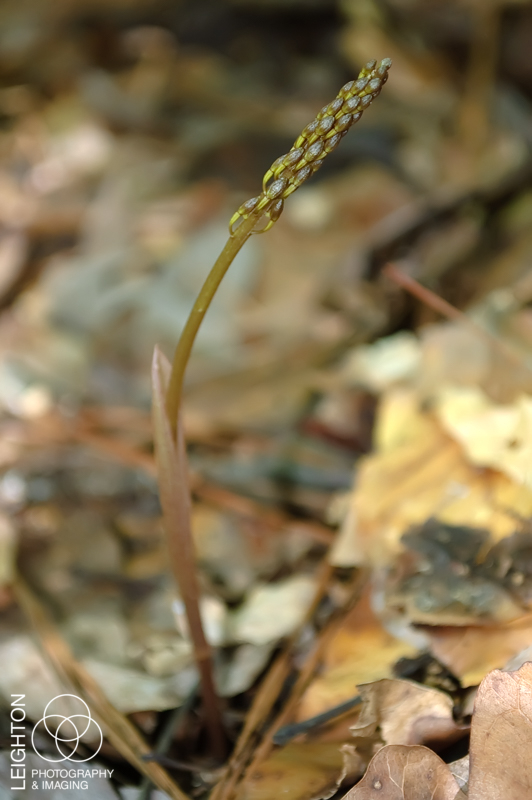
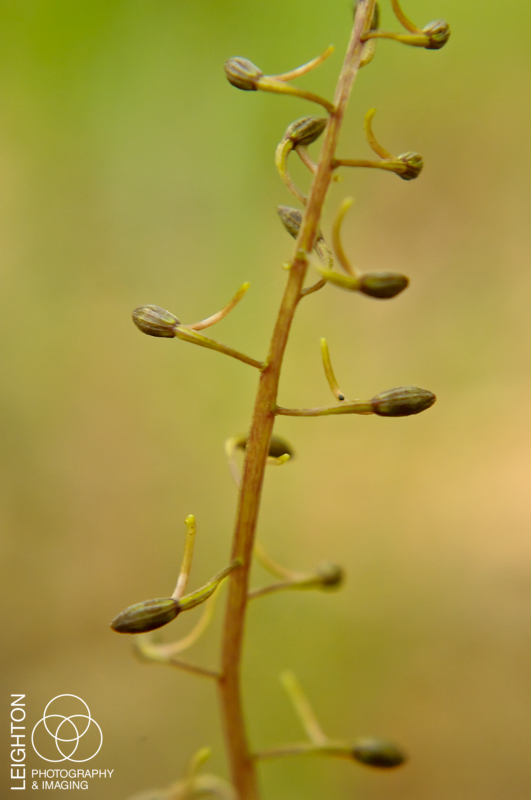
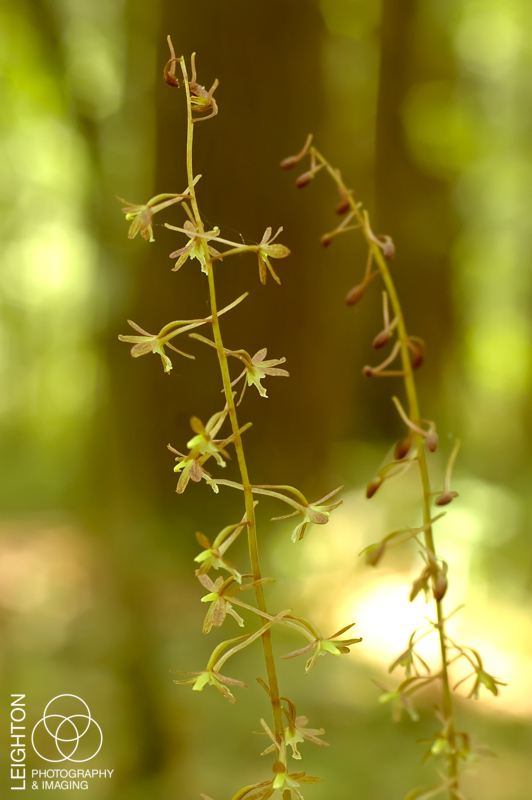
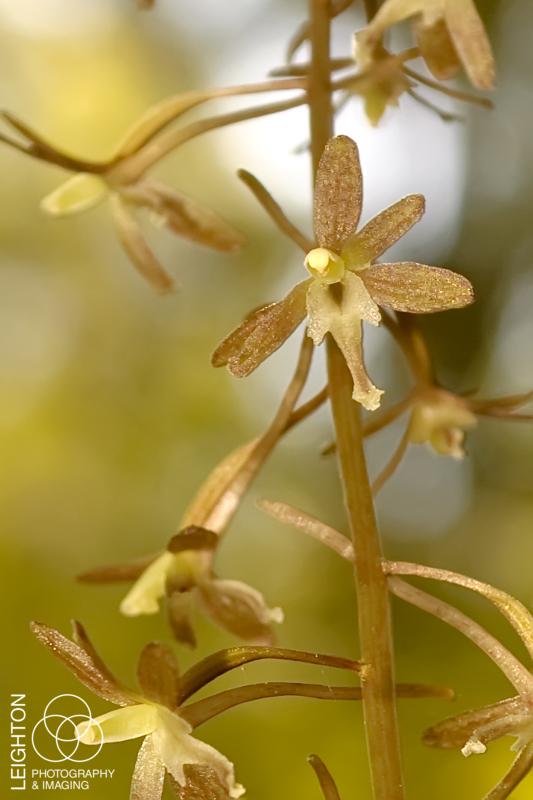
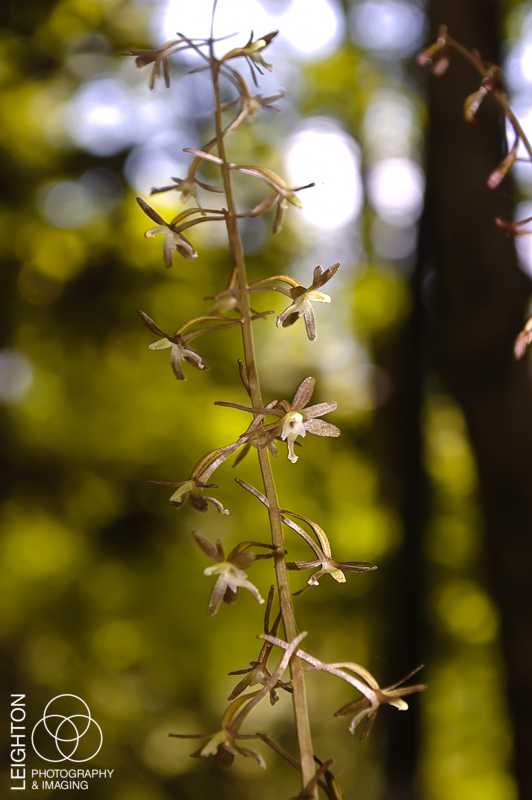
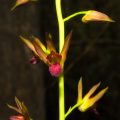
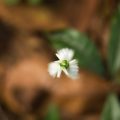
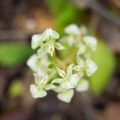
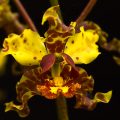
0 Comments